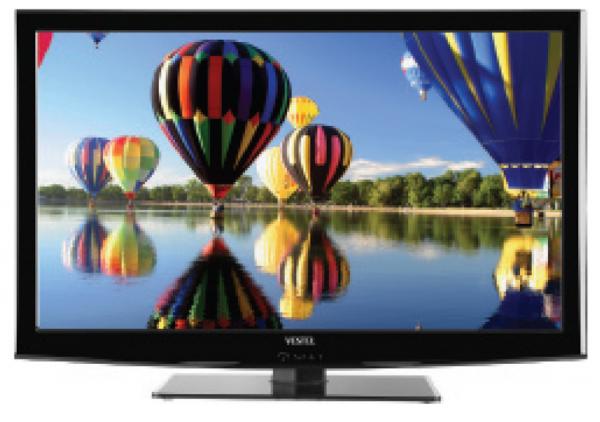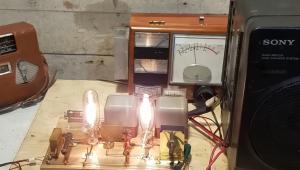Conspiracy TV Inc.

I travel. A lot. Hotel rooms are not my home away from home — they are my home. As such, most of my TV viewing is done in hotel rooms. Thanks to the miracle of jet lag, I know the late-night schedule everywhere around the world. I’ve watched Wheel of Fortune in 53 different languages, and counting.
I’m also familiar with every brand of flat-panel TV. Samsung, LG, Vizio, Panasonic, Hitachi, Philips, Magnavox, Toshiba, JVC, Sanyo, Sharp, Sony: I’ve seen them all. And I know I’m in a faraway place when I’m staring at a Kogan or a Vestel. It doesn’t make any difference. They all have one thing in common: All of these TVs sound terrible.
From any basis of modern fidelity (bearing in mind that I am an audio snob), I feel justified in declaring that they sound terrible, abysmal, and awful. The picture quality ranges from good to poor; the sound quality is consistently bad. A good TV should perform both functions well, not just one. Bass? We don’t need no stinkin’ bass. Treble? Oh, only audiophiles need that. Midrange? Sure, no problem, and we’ll throw in 10% distortion. I especially like the haptic TVs — the ones with the chassis that vibrates along with the sound. If I was kind, I would say that’s a feature, not a flaw. But I am not feeling kind. Not after the pain and suffering these TVs have inflicted on me.
They can’t even intelligibly reproduce speech. I mean, give me a break. Alexander Graham Bell nailed this 136 years ago, and you’re telling me that my smart, connected, flat, high-def TV can’t provide clarity to the spoken word? My old Trinitron in the garage had sound quality that would blow away flat-panel sound, even though the quality of broadcast digital audio is vastly improved over yesterday’s analog audio. And it’s not just snobs like me who are upset; it’s an open secret in the TV industry that TVs are being returned to the store by customers because of their poor sound quality.
I’m convinced that this is all a conspiracy to upsell additional speakers. Genius-level engineers who know perfectly well how to provide pristine sound are probably guffawing all around the research lab, competing to see who can design a TV with the worst sound. And if it’s not a joke, then it’s an evil corporate plan to make you pay extra for decent playback. Oh! You want to know what Bane is actually saying in The Dark Knight Rises? Well, that will cost you extra.
How can we solve this? Of course, we can play into their hands and buy a soundbar or a home theater speaker system. But why should we pay money for an A/V device that can’t properly reproduce the A? These are pieces of amazingly sophisticated technology, employing technical advances that were unimaginable a few years ago. Something as relatively simple as audio playback should not be that difficult.
Yes, I know that we the consumers are at fault because we demand thin panels with thin bezels and that only permits tiny speakers pointing in the wrong direction. But there has to be an engineering solution. Higher quality speakers, wave guides, beam forming, kick-ass digital signal processing... if we can drive around robot cars on Mars, we should be able to make a thin TV that reproduces highly intelligible speech and decent music quality.
And, TV manufacturers: Don’t think I’m kidding. I’m not. If you can’t deliver a good-sounding flat panel, I’ll just buy a projector. The thing about projectors is that at least their sound quality doesn’t suck.
Okay, end of rant. I apologize. It’s 3 a.m., I don’t know what city I’m in, and I’m really, really tired but I can’t sleep. Oh! Awesome! Wheel in Hungarian!
- Log in or register to post comments






























































